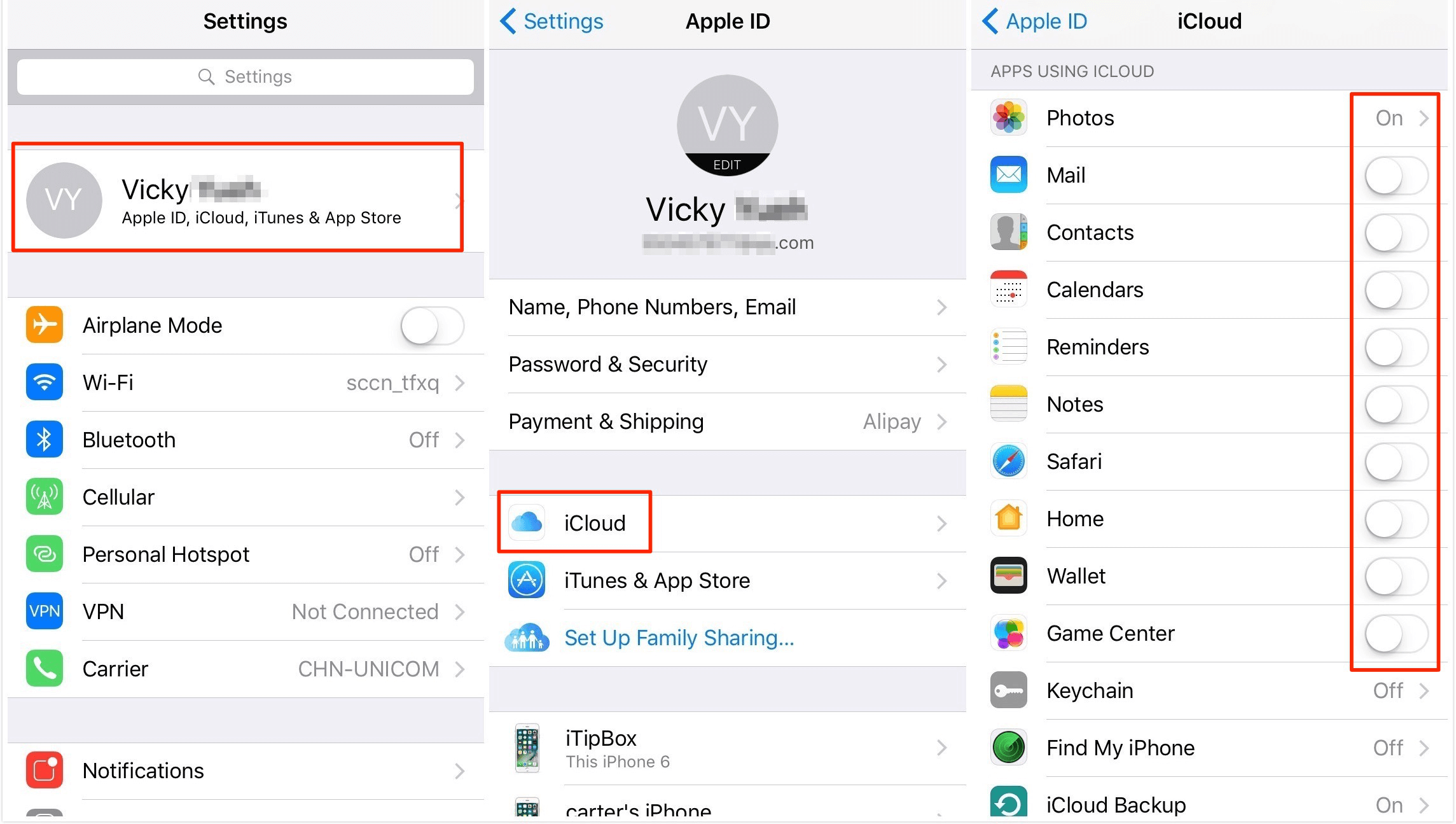

These two options work similarly as WinRAR on PC. With this iPhone file manager, you will be able to zip files on iPhone, zip files with password on iPhone. In addition, recall that you can access your hidden media files in the Utilities menu. Move all the files and documents you like to lock into a folder, then long press on the folder to show the contextual menu as shown in below screenshot. All files will be directly saved in the locked folder. Tap the gallery icon at the top> Select Locked Folder from the ‘Save in’ menu. Users with a Pixel 3 and later can save captured images directly to the folder locked by the default Camera app.
#Private files on iphone how to#
How to hide photos and videos for Pixel users Instead, if you are only hiding a photo or video, you can simply click on the media file, scroll up to select “more details” and click the ‘Move to locked folder’ option. For the first method: Long tap on an image and select the media files you want to hide> Tap the top menu> Move to locked folder and confirm your decision from the pop-up menu. You can add them from the media library or via the settings for each individual file. Now that you’ve set up the folder, it’s time to add media files.Īlso, there are two ways to add files to the locked folder. At any rate, it’s NO HELP for unsending iMessages from an iPhone. Apart from being a perfect data security app, Folder Lock is a perfect WiFi manager app too, as you can transfer files from your iPhone to PC, or vice versa, wireless via Folder Lock.

So, you will be able to use the authentication method you prefer (PIN, password or fingerprint) to access the folder. Privates is a next-generation secure messaging app that protects your private messages end-to-end. Folder Lock lets you password-protect your personal files, photos, videos, documents, contacts, wallet cards, notes and audio recordings in your iPhone. Open Google Photos on your phone> Select the Library tab at the bottom> Choose Utilities menu> Find the Set locked folder suggestion in the menu> Click Get Started. Now, go into Folder 2 and highlight Folder 1 so you can move it. The app has a handy add-on: the ‘Locked Folder’. You should now have one open space on your Home screen, but we need to fill that, so drag any random app you have into that spot. Google Photos is the default app available on all Android devices. How to hide photos on Android smartphones


 0 kommentar(er)
0 kommentar(er)
